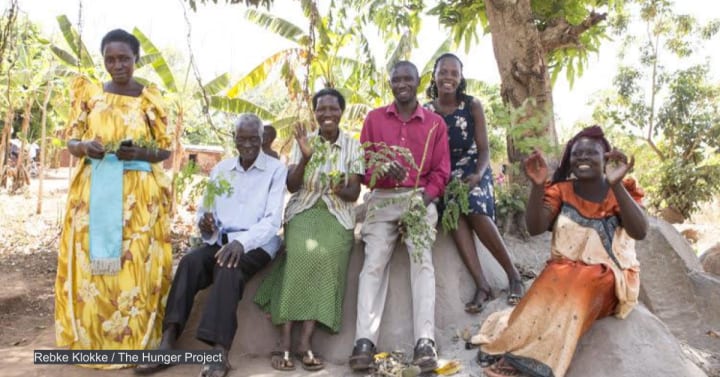
The Hunger Project has declared more than 50 of its epicenters — clusters of villages that were established in Africa — as self-reliant, meaning they’re driving their own development.
How it works: The epicenter clusters of 5,000 to 15,000 people are expected to drive development. They each have a constitution with an elected epicenter committee and receive support and resources, including community leadership development, from The Hunger Project.
To be defined as self-reliant, epicenters go through four phases: initial mobilization, construction of epicenter facilities, implementation of 12 public service programs which include income-generating activities, and transition to sustainable self-reliance.
Through this model 34 of 54 epicenters in Africa have eliminated severe hunger entirely. Nine have reduced severe hunger to less than 1% through activities such as introducing nonfarming businesses, which have increased the income of over half the households involved.
Why it matters: According to the World Bank, community-driven development is being used by national governments from Indonesia to Bolivia to address poverty and inequality — and it “has led to ... measurable reductions in poverty, particularly among the poorest populations and communities.”
John Coonrod, executive vice president at The Hunger Project, explained that though community-led development “produces outcomes that have greater ownership, are more sustainable, are more resilient, more integrated across sectors and are more tailored to the needs and strengths of each community,” it also takes time — the epicenters go through an eight-year process before they can be declared as self-reliant.
“It's true that if you parachute in an expensive outside expert and infuse a lot of external resources, you might get a bigger outcome in the short term,” he said. “But that is probably not sustainable and probably has created dependency that might make future efforts more difficult.”




